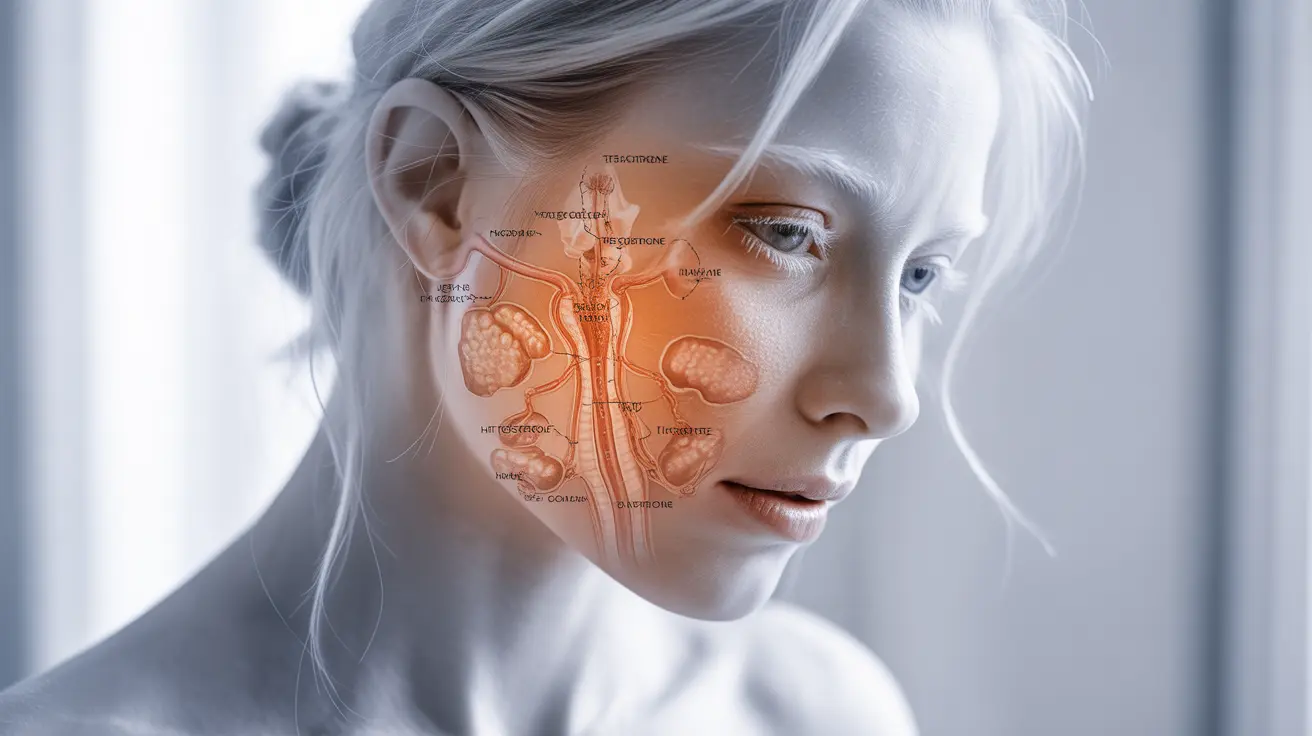High testosterone levels in women can significantly impact various aspects of health and well-being. While testosterone is often associated with male characteristics, women naturally produce small amounts of this hormone. When these levels become elevated, it can lead to various physical and emotional symptoms that require proper medical attention and management.
In this comprehensive guide, we'll explore the signs, causes, diagnosis, and treatment options for high testosterone in women, helping you better understand this common hormonal condition and its effective management strategies.
Understanding the Signs and Symptoms
Women with elevated testosterone levels may experience various symptoms that can affect their physical appearance and overall health. Common indicators include:
- Irregular menstrual cycles or absent periods
- Acne or oily skin
- Excessive hair growth (hirsutism), particularly on the face, chest, and back
- Male-pattern baldness or thinning hair
- Deepening of the voice
- Increased muscle mass
- Changes in body fat distribution
- Mood changes or irritability
Common Causes of High Testosterone
Several factors can contribute to elevated testosterone levels in women:
Polycystic Ovary Syndrome (PCOS)
PCOS is the most common cause of high testosterone in women, affecting up to 10% of women of reproductive age. This condition involves hormonal imbalances and metabolism issues that can lead to elevated testosterone levels.
Other Medical Conditions
Additional causes may include:
- Congenital adrenal hyperplasia
- Ovarian or adrenal tumors
- Cushing's syndrome
- Certain medications
- Genetic factors
Diagnosis and Testing
Proper diagnosis of high testosterone involves several steps:
Initial Assessment
Healthcare providers typically begin with a thorough medical history and physical examination, paying special attention to symptoms and family history.
Laboratory Testing
Common diagnostic tests include:
- Total and free testosterone levels
- Comprehensive hormone panel
- Blood sugar and insulin levels
- Thyroid function tests
- Additional hormonal testing as needed
Treatment Approaches
Managing high testosterone in women often requires a multi-faceted approach:
Medical Treatments
- Birth control pills to regulate hormones
- Anti-androgen medications
- Metformin for insulin resistance
- Spironolactone for addressing excessive hair growth
Lifestyle Modifications
Several lifestyle changes can help manage symptoms:
- Maintaining a healthy weight
- Regular exercise
- Balanced nutrition
- Stress management
- Adequate sleep
- Avoiding triggers that may worsen symptoms
Frequently Asked Questions
What are the common signs and symptoms of high testosterone in women?
Common signs include irregular menstrual cycles, acne, excessive hair growth, male-pattern baldness, voice changes, increased muscle mass, and mood changes. These symptoms can vary in severity among different individuals.
What causes high testosterone levels in women, and is it always due to PCOS?
While PCOS is the most common cause, high testosterone can also result from conditions like congenital adrenal hyperplasia, ovarian or adrenal tumors, Cushing's syndrome, certain medications, or genetic factors. Not all cases are related to PCOS.
How is high testosterone in women diagnosed, and what kind of tests do I need?
Diagnosis typically involves a comprehensive medical evaluation, including blood tests to measure hormone levels, particularly total and free testosterone. Additional tests may include thyroid function, blood sugar levels, and other hormone panels depending on symptoms.
What are the best treatment options for managing high testosterone in women?
Treatment options include hormonal birth control, anti-androgen medications, metformin for insulin resistance, and spironolactone for excessive hair growth. The best treatment plan depends on individual symptoms and underlying causes.
Can lifestyle changes or diet help reduce high testosterone symptoms in women?
Yes, lifestyle modifications can help manage symptoms. These include maintaining a healthy weight, regular exercise, balanced nutrition, stress management, and adequate sleep. However, these changes work best when combined with appropriate medical treatment as recommended by a healthcare provider.




